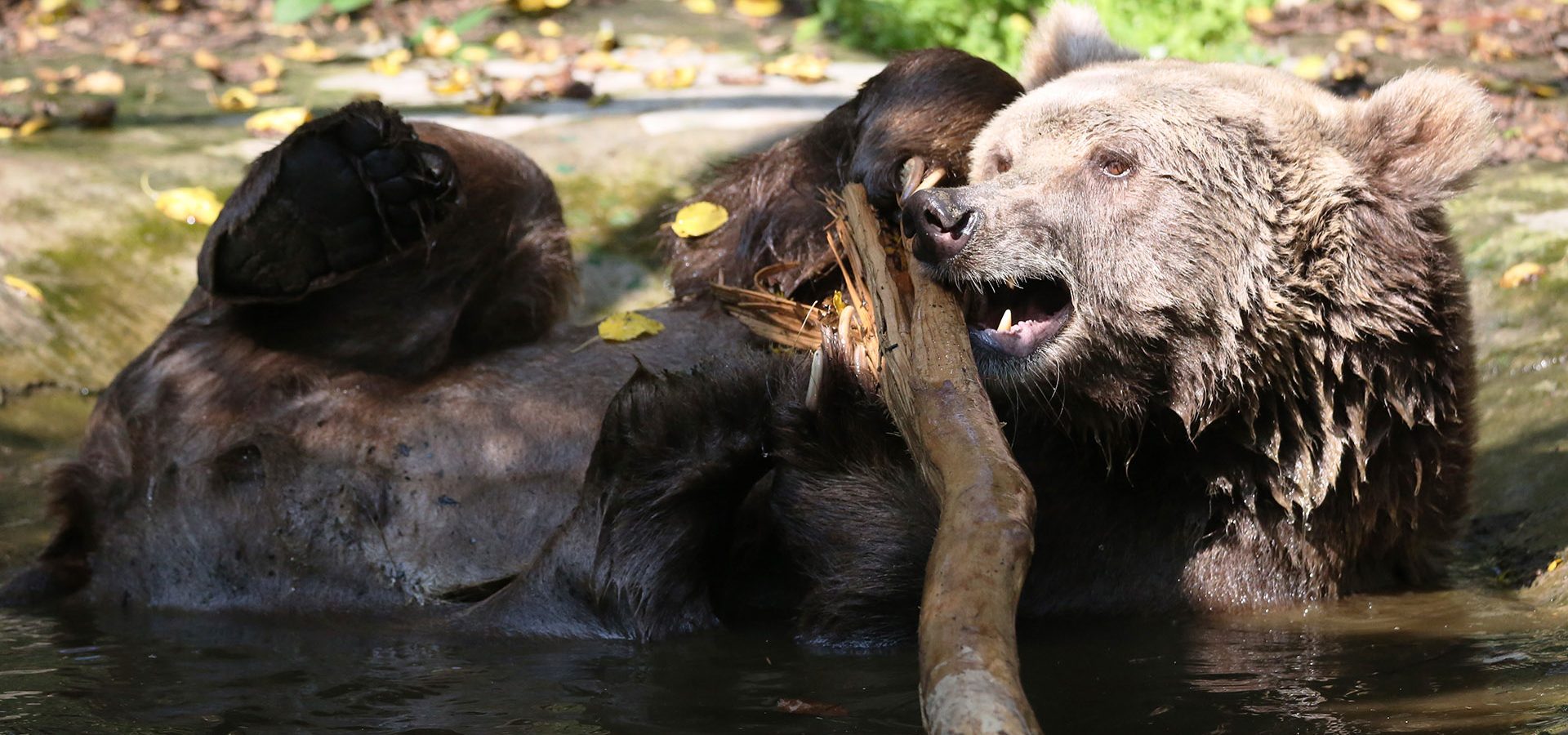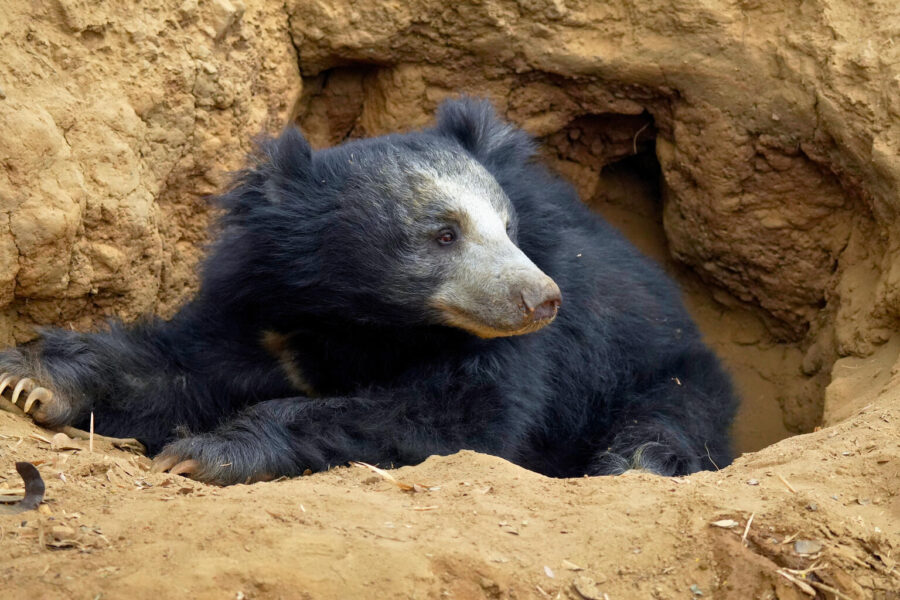For human beings, winters are a respite especially for those living in tropical climates. But for those residing in mountainous regions or in the icy, cold deserts of the polar extremes, the winter season can be a battle for survival. Different species in the wild too have different methods to survive with corresponding adaptations, which help them overcome extreme difficulties.
While there are frogs who literally freeze to overcome the winter extremities, snakes have a method of sticking together in large numbers in a den. This den is known as a hibernaculum, and the mechanism assists in keeping them warm. Meanwhile, birds migrate long distances to escape the brutality of freezing temperatures and the shortage of food. But one warm-blooded mammal has something up its sleeve that is difficult to imagine as an adaptation. We are referring to bears, who simply go to sleep. But this sleep is unlike anything that we undergo on a regular basis.
Decoding Hibernation
For bears, the duration of their hibernation period can last for a few months. Bears go into hibernation in December and emerge roughly in the middle or end of March. In colder parts of Alaska though, bears can hibernate for up to seven months. But before we jump into the nitty-gritties, we need to first understand what hibernation exactly means. While hibernation is defined as the state of being asleep during the winter season, for some bears it may not mean sleeping the entire time. It can also mean a considerably large period of inactivity without eating and drinking.
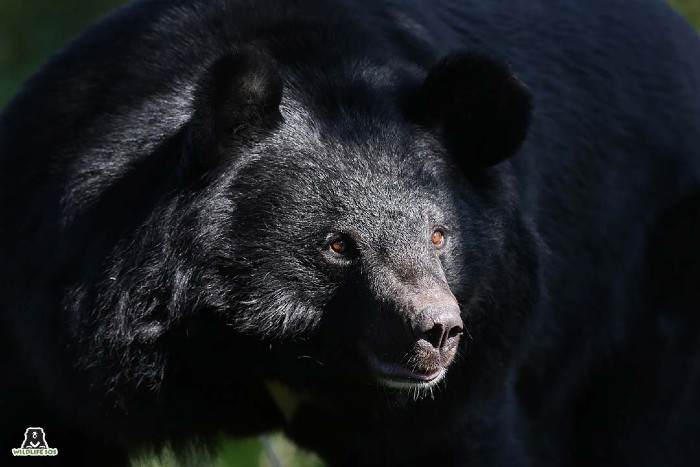
The most common reason for animals to hibernate is the shortage of food supplies during such a testing season. With little or no vegetation, male and female Black bears retreat to their dens, and the females give birth just before emerging from hibernation. Prior to hibernation comes the time for preparation. Bears double their size to store enough body fat and survive the deep slumber. This is an uncompromisable necessity, since their biggest threat during the hibernation period is starvation.
Bears have special physiological adaptations which help them complete this uphill journey. As they hibernate, their body temperature drops from 38 to 33 degree Celsius and their heart rate decreases from 50 to an unbelievable 10 beats per minute. They don’t even have the need to urinate or defecate. Bears lose almost half their body fat during hibernation, but astonishingly, they don’t lose any muscle mass or calcium from their bones.
Hibernation in Indian Bears
Both the Black bears and Brown bears have their presence in India as well, and they are known to hibernate due to the high-altitude ecosystem they inhabit. The distribution of the Himalayan Brown bear, a subspecies of the Brown bear, can be found across north-western and central Himalayas including Afghanistan, Pakistan, India, China, Nepal, Bhutan Tibet and west China. In India, they are only found in Jammu and Kashmir, parts of Himachal Pradesh and northern Uttarakhand. Meanwhile, the Asiatic Black bear is spread across the Himalayas from Bhutan in the east to Pakistan in the west. In India, their range covers Arunachal Pradesh, Assam, Sikkim, West Bengal, Mizoram, Meghalaya, Tripura, Himachal Pradesh, and Jammu and Kashmir.
A third bear species, the Indian Sloth bear, is more commonly seen in India. But due to their distribution and habitat being primarily in the plains, these bears do not hibernate. As for the distribution of Black bears and Brown bears, Jammu and Kashmir is quite unique since it is the only region where a considerably large population of both species exists. When snow blankets Jammu and Kashmir during the winter, the landscape is characterised by boreal or snow forest. Due to the challenging conditions of a long-lasting winter in these snow forests, bears in this part of the world also undergo hibernation.
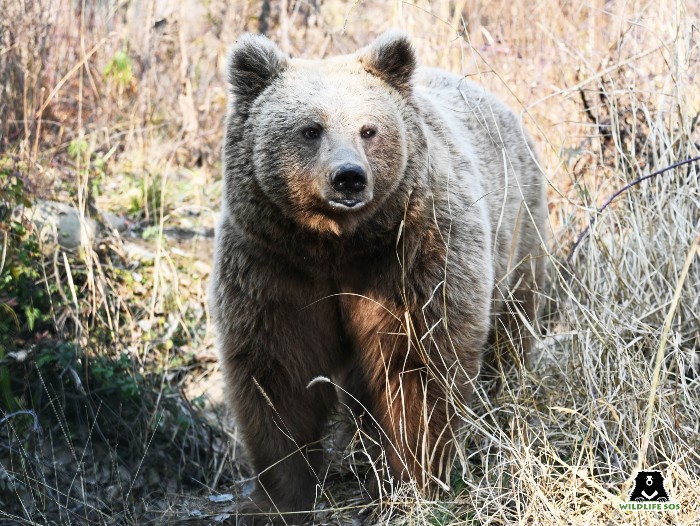
Mother nature has given these bears all the tools needed to flourish in the cold. They would dig cosy caves with their long claws, and hibernate in there for most of the winter. Living off stored fat, these bears are able to go through winter and as spring approaches, they come out of their caves to feed on fresh grass, roots and other plants, as well as insects and small mammals.
The bears, whose lives are so intricately connected with the natural cycle of weather and climate, are now facing a significant impact due to climate change caused by human activities. This could potentially bring them into conflict with other predators, and even humans. Seasonal cycles are the foundation of hibernation. But with global warming, seasons are getting disrupted and winters are also getting shorter. As a result, Asiatic Black bears and Himalayan Brown bears have been observing shorter hibernation periods.
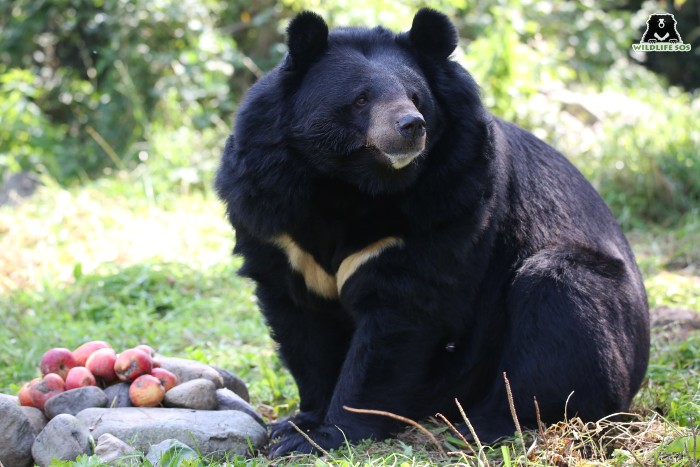
Due to fluctuating weather conditions, Asiatic black bears are now hibernating for as little as 2 months. Previously, these bears used to hibernate for 3-4 months. Bears give birth to their offspring during hibernation, and so, a shortened period can adversely impact their breeding pattern. Shorter hibernation period was observed in Himalayan Brown bears as well, where a team of researchers recorded the animal’s sighting as early as January.
Climate Change Impacting Bear Behaviour
Bears emerge hungry from their dens much earlier than usual, and with scant availability of food, they turn toward human habitations. This forces them to raid garbage dumps, open dustbins, livestock herds and fruit orchards. Therefore, it is no exaggeration to state that climate change is forcing bears to eat non-biodegradable, inorganic trash. This translates to one reality: it is us human beings who are ultimately causing the change in their diet.
With their sharp olfactory senses, bears can track down leftover food. Disorganised waste management system leads them to easily find open dumping grounds in Jammu and Kashmir. Wildlife SOS recently published a report which revealed that nearly 75% of the Himalayan Brown bear’s diet consists of unnatural food meant for human consumption, such as biryani, milk powders, plastic carry bags and even chocolate wrappers!
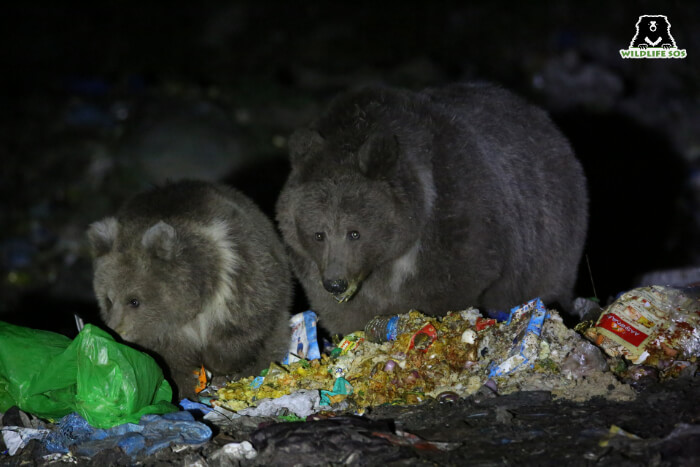
Hibernation, therefore, occupies a major part of the lives of Brown bears and Black bears. It not only dictates bear behaviour during that particular period of time, but also what precedes and succeeds hibernation. Given that human actions are changing their behaviour so drastically, these endangered bears are in more trouble than we can imagine. Losing them is not an option, and protecting them would require our collective strength.
Click here to read the detailed published report on the Himalayan Brown bear survey carried out in Kashmir, and share it to create awareness on how anthropogenic climate change can impact wildlife.

